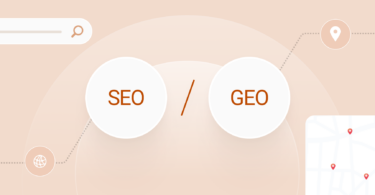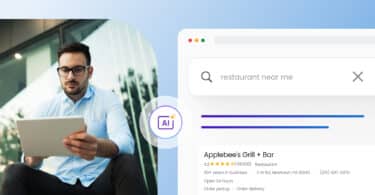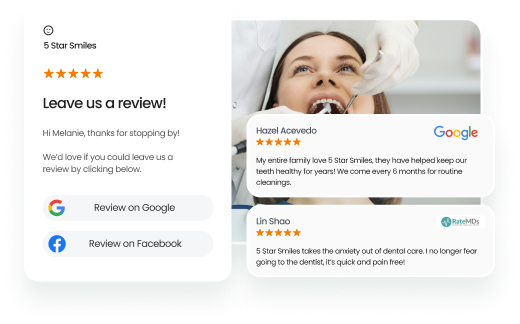Google’s AI Mode has already shown how quickly customer journeys can start and end inside generative search results, a trend we explored in detail in our recent analysis. But that’s just one piece of a bigger shift.
Zero-click search isn’t a brand-new phenomenon. In fact, Google has been moving us in this direction for years. Think back to the first time you searched for “weather in [city]” and saw the forecast appear instantly on the results page, without ever clicking to a weather site. That shift began in the early 2000s. AI-powered search is simply the latest step in a long-running move to keep users inside the search environment.
What’s happening now isn’t just another disruption. It’s the result of a two-decade transition to AI-controlled discovery. And, it’s rewriting the rules for how brands grow online.
Table of contents
- From awareness to advantage
- When clicks collapse, context and authority win
- The new rules: Discovery inside the AI walled garden
- Share of LLM: The metric that replaces pageviews
- The leadership opportunity: Build authority, not just awareness
- How Birdeye converts zero-click search into real-world outcomes
- Final thought: Don’t fear zero-click! Lead it
- FAQs on zero-click search
From awareness to advantage
Yes, the walled garden is real. But for multi-location brands, it’s possible to navigate if you focus on influencing decisions, not just driving traffic.
In this blog post, we’ll move past the risks and focus on practical strategies, key metrics, and tools that can help your brand succeed in a world where clicks are optional, but authority determines who gets seen.
Let’s get into it.
When clicks collapse, context and authority win
In the world of zero-click search, the value isn’t in the visit. It’s in being the answer. When a search begins and ends inside an AI-powered interface, your presence, accuracy, and authority determine whether you’re chosen.
What is a zero-click search?
A zero-click search happens when users get the information they need directly in the search results, without visiting a separate website. This could be a phone number, directions, an AI-generated summary, a review rating, or a booking button. The action or answer is delivered right there, often inside a map, knowledge panel, or AI-generated response.
Since Google’s AI Overviews rolled out in May 2024, 69% of Google searches in the U.S. now end without any click to an external website. (Source: Similarweb).
That’s not a bug–it’s the new norm.
But not every search works the same way:
- Informational searches (“what’s the weather?” or “how to reset my router”) end with quick, AI-supplied answers.
- Commercial, high-intent searches (“book dentist near me” or “best mortgage broker in Austin”) trigger AI-generated panels, booking buttons, and action links that keep users inside Google’s ecosystem while driving instant connections.
The funnel has shifted, but so has the opportunity for brands that adapt to winning inside the results, not just after the click.
The new rules: Discovery inside the AI walled garden
AI platforms don’t just answer questions. They guide the journey.
From Google to ChatGPT and beyond, what people see is shaped by curated panels, booking buttons, review snippets, and branded listings. You can’t control whether a user clicks, but you can control your presence, trust signals, and authority.
Traditional SEO metrics—rank, traffic, time on site—matter less in this environment. The brands that win are the ones consistently cited, surfaced, and trusted inside the walled garden.
Share of LLM: The metric that replaces pageviews
As AI-driven search changes how people find and choose businesses today, traditional success metrics like pageviews and keyword rankings don’t tell the whole story. This is where a new metric comes into play: “Share of LLM.”
What is Share of LLM?
“Share of LLM” refers to how often your brand is cited or featured in responses generated by large language models (LLMs) like ChatGPT, Gemini, or Perplexity. Instead of tracking pageviews or keyword rankings, it looks at your brand’s visibility inside AI-generated summaries, maps, panels, and answers. The higher your Share of LLM, the more likely it is that these AI platforms surface your business when users search.
In this new environment, visibility means more than a blue link. What matters now is:
- Are you frequently cited in AI answers, overview panels, and map packs?
- Are you seen as an authority—a trusted source that LLMs rely on?
- Are you converting zero-click interactions into real outcomes—calls, bookings, and reviews without a website visit?
If you can answer “yes” to those questions, you’re already ahead. If not, it’s time to measure and improve your standing, because tracking your “Share of LLM” is quickly becoming the next essential KPI for brand visibility.
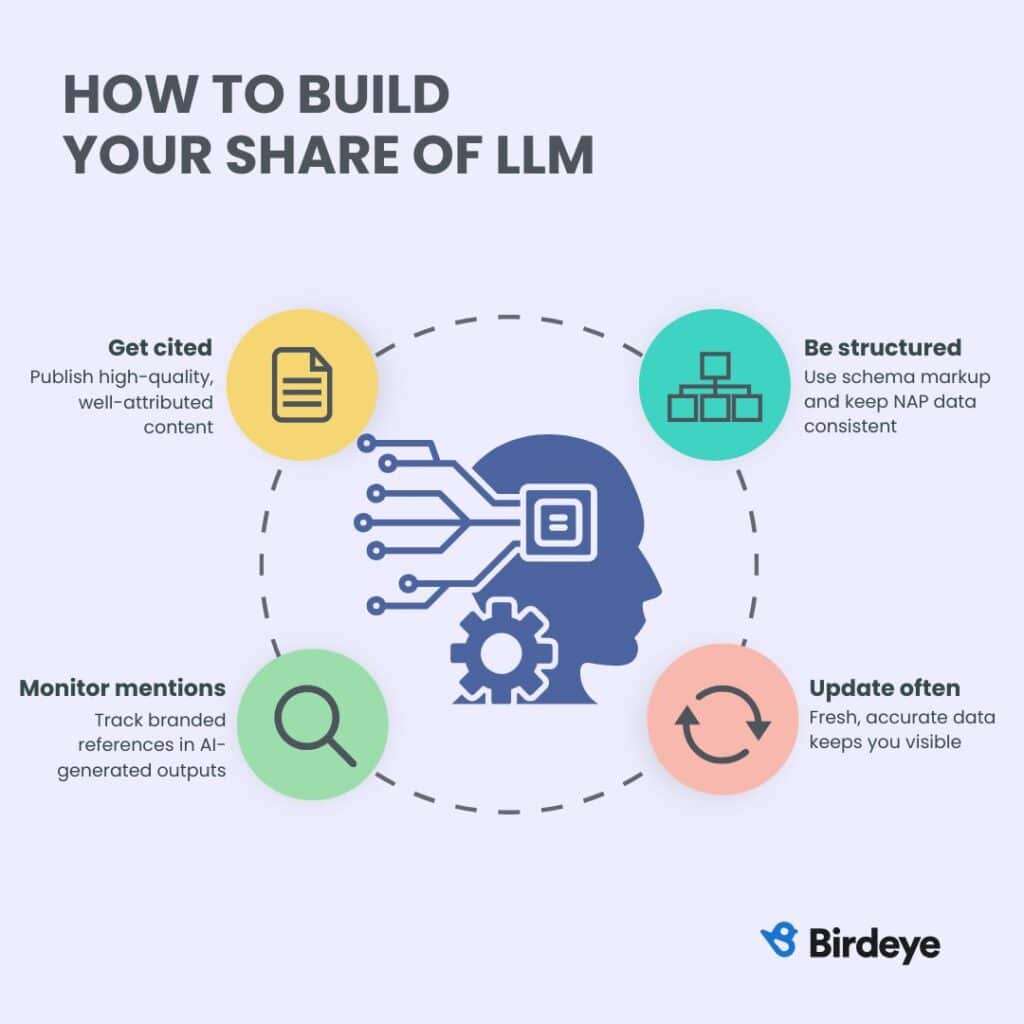
The leadership opportunity: Build authority, not just awareness
In a zero-click world, better visibility is achieved by brands that are recognized as credible, consistent, and easy to understand by both people and AI systems. For multi-location businesses, that means focusing on:
- Distributed, verifiable authority: Keep listings, bios, reviews, and brand details accurate across every platform. Every location should have current hours, photos, and service information on Google, Yelp, and relevant industry-specific directories.
- E-E-A-T for AI: Create content that demonstrates Experience, Expertise, Authoritativeness, and Trustworthiness, for both search engines and AI summaries.
- Entity recognition: Ensure AI platforms know exactly who you are, what you do, and where you’re located, so your brand becomes the answer, not just an option.
The good news is that zero-click doesn’t mean zero influence. It means meeting customers where decisions are made, even if they never land on your homepage.
How Birdeye converts zero-click search into real-world outcomes
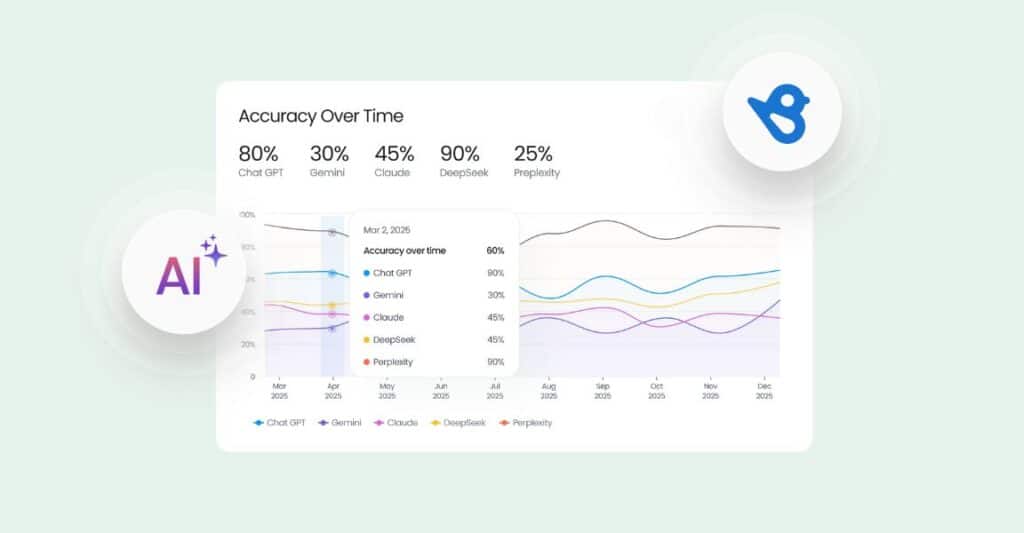
At Birdeye, our focus is on turning AI-driven visibility into measurable business results. We help brands strengthen their presence where customers make decisions—inside search results, map packs, and AI-generated summaries.
Here’s how:
AI-Ready content and listings
Our BrandAI organizes your business data and produces accurate, up-to-date content so platforms like Google and ChatGPT can recognize, surface, and cite your brand with confidence.
Reputation as a trust signal
Verified reviews carry weight with both customers and AI platforms. Birdeye helps you collect and respond to them continuously, boosting the “trust signals” that AI uses to rank and feature businesses.
Driving direct actions
From click-to-call and booking buttons to messaging and directions, we enable trackable business outcomes directly from AI-powered interfaces like Maps, Local Pack, and Search.
Entity authority, everywhere
Whether it’s expert bios or hyperlocal content, Birdeye ensures your brand is positioned as a reliable answer in both local and national AI interactions.
Compliance and brand safety
Every response, review, and listing is managed in a way that’s compliant, accurate, and on-brand, ensuring your digital reputation is protected at scale.
Final thought: Don’t fear zero-click! Lead it
The future of digital discovery belongs to brands that are credible, consistent, and easy for AI platforms to recognize, not just those chasing clicks. Search visibility may rise and fall, but authority is something you can build and maintain.
The brands that win will meet customers where decisions are made, across every AI-moderated touchpoint. That’s the real opportunity, and it’s within reach.
Want to stay discoverable even when no one clicks?
See how Birdeye helps your brand lead the next era of digital discovery.
FAQs on zero-click search
To increase your Share of LLM, focus on making your brand easy for AI platforms to understand, trust, and cite. That means:
– Publishing authoritative content with clear attribution to experts
– Using schema markup and structured data to define your business details
– Keeping NAP data (Name, Address, Phone) consistent across all platforms
– Earning citations from other credible sources, LLMs scan
– Regularly updating listings, reviews, and location information
– Monitoring AI-generated results for brand mentions and addressing gaps
AI search platforms like Google, ChatGPT, and Bing often present results in ways that allow users to take action without visiting a website. This can include:
– Local Pack or map results
– AI Overview panels
– Review and rating summaries
– Embedded maps and contact buttons
– Booking or call-to-action buttons directly in search results
These formats aim to deliver speed and context. Brands that are clearly defined, trusted, and well-structured have the best chance of being featured.
Success in a zero-click landscape comes from being the obvious choice within the results themselves. Multi-location brands should:
– Maintain a verified, consistent presence across all key platforms (Google, Yelp, industry directories)
– Build E-E-A-T (Experience, Expertise, Authoritativeness, Trustworthiness) into content and profiles
– Use local landing pages with structured markup and accurate business information
– Actively collect and respond to customer reviews
– Strengthen entity authority so AI platforms clearly understand who you are, what you do, and where you operate
The more clearly AI systems can identify and trust your brand, the more likely they are to feature it, regardless of whether the user clicks through.

Originally published
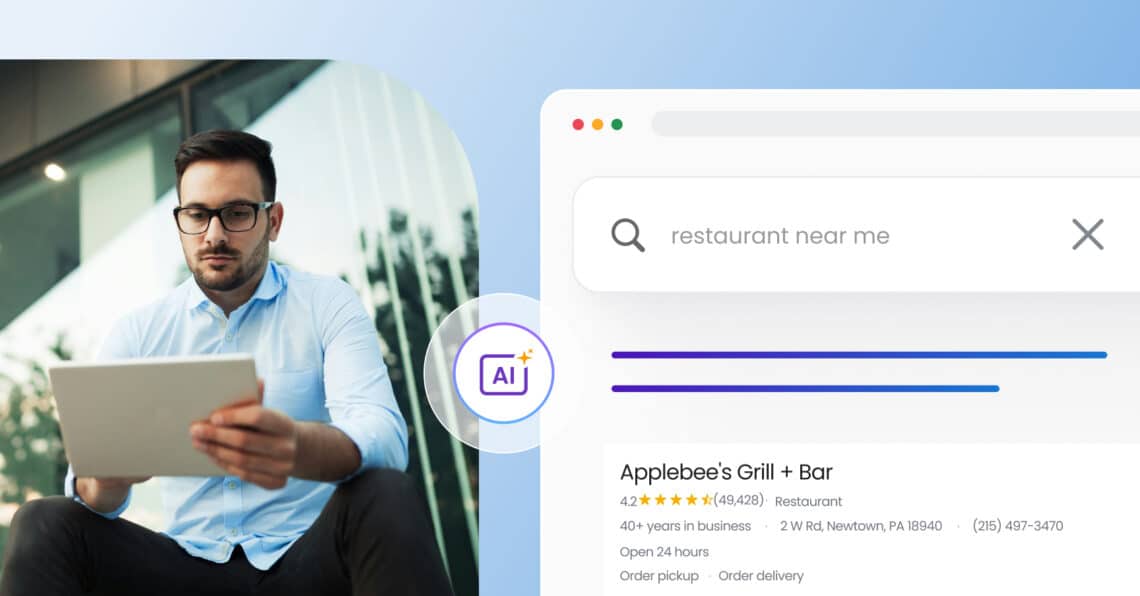



![[Feature image] Local SEO mistakes -what’s holding your business back from ranking locally](https://birdeye.com/blog/wp-content/uploads/Feature-image-Local-SEO-mistakes-whats-holding-your-business-back-from-ranking-locally-375x195.jpg)
